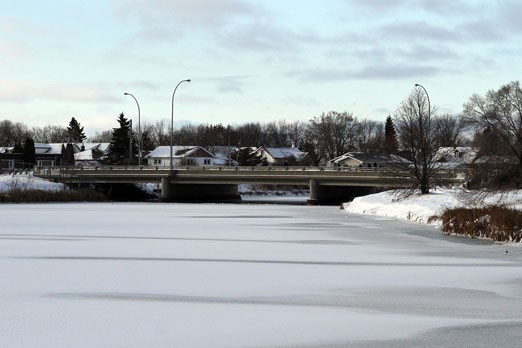Skating on thin ice is a good way to get oneself killed, says a public education officer with Thunder Bay Fire and Rescue.
With the recent spate of cold weather hardening the surface of the city’s rivers, lakes and ponds, Anthony Stokaluk urged parents to speak to their children about the dangers of wandering onto waterways before the ice thickens enough to support their weight.
“Ice conditions should always be considered dangerous, but they are especially dangerous this early in the winter,” Stokaluk said.
“Exposure to icy cold water could end a life in a matter of minutes.”
It’s something people sometimes don’t give a second thought to, he added.
“We’re asking to always err on the side of caution.”
According to the Ministry of Natural Resources, the public should be aware that ice does not freeze a t a uniform thickness across most lakes and rivers, particularly at this time of year when ice nearer to the shore may be thicker than ice further out.
People should also note the condition of the water beneath. Flowing water will freeze slightly slower than stagnant water, for example.
Snow can also insulate ice and slow down the freezing process.
The MNR advises letting someone know where you’re going and when you plan to return and, if going ice fishing, to check with local ice hut operators before venturing out.
“Clear, blue ice is the strongest. White or opaque ice is much weaker. Ice that has a honeycombed look, common during thaws or in the spring, should be avoided altogether,” a ministry bulletin on the MNR site reads.
Stokaluk said the city’s fire stations receive dozens of calls related to people being stranded on thin ice, and while he’d prefer to see that number drop drastically, he did offer advice to anyone who does find themselves in a similar situation.
“If you find yourself on thin ice and possibly falling through, we’d ask that you get down on your chest and spread your body out so your weight is evenly distributed, and try to slowly make your way to shore,” he said.
Sign in or register
- Messages
- Post a Listing
- Your Listings
- Your Profile
- Your Subscriptions
- Your Likes
- Your Business
- Support Local News
- Payment History
Registered Users
Already have an account?
New Users
Create a free account.
